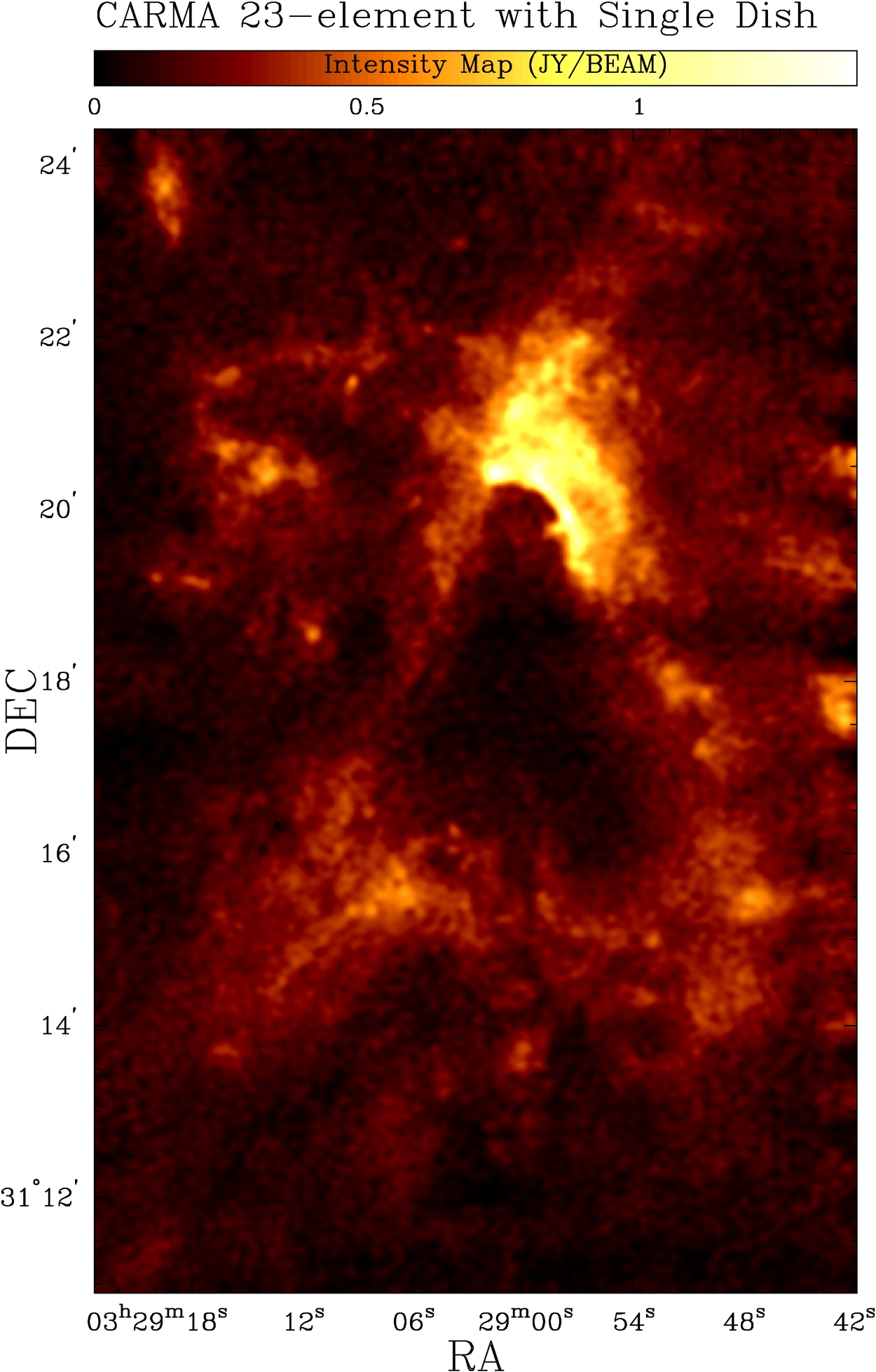 |
I am studying low-mass star formation in the molecular clouds and cores of the Milky Way across multiple wavelengths using data from Spitzer, CARMA, and the EVLA. Some questions I am trying to answer include: How does material accrete from the disk of a YSO onto the newly forming star? What is the timescale of grain growth within the envelopes and disks of newly forming stars? How do prestellar cores form within the molecular cloud environment? |
|
YSO Variability with Spitzer
|

|
|
Grain Growth in the Disk and Envelope of YSOs with CARMA and EVLA
|

|
Mapping NGC 1333 with 23-element CARMA
|
Back to the LMA page

